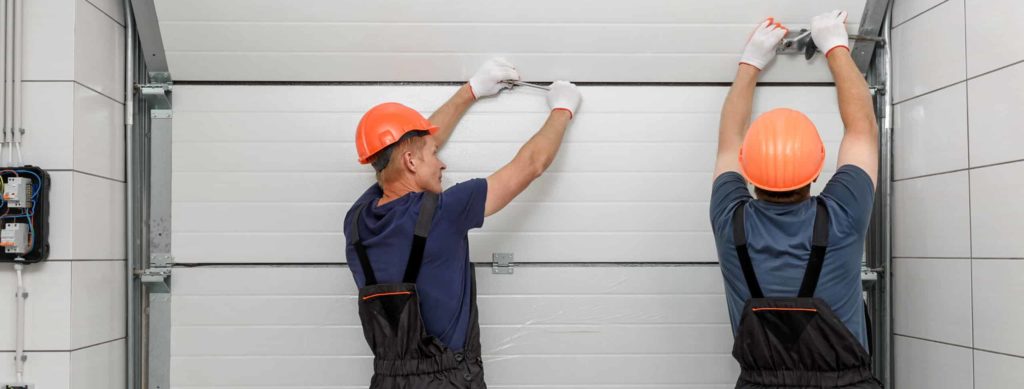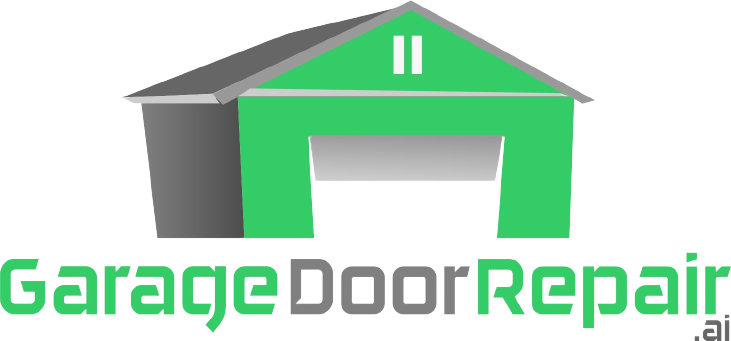Common Garage Door Problems And How to Identify Them
Your garage door is a workhorse, tirelessly moving up and down to grant you access to your home day in and day out. But like any mechanical system, it’s susceptible to wear and tear over time. Recognizing common garage door problems early can save you from unexpected inconveniences and costly repairs. In this blog, we’ll explore some prevalent garage door issues and provide tips on how to identify them before they escalate.

1. Noisy Operation
If your garage door suddenly sounds like a thunderstorm every time it opens or closes, it’s likely experiencing excessive noise. This can be caused by various factors, such as rusty rollers, loose hardware, or lack of proper lubrication. A squeaky or grinding sound usually indicates a need for maintenance.
Identification: Listen for unusual sounds during garage door operation. If you hear persistent squeaks, grinding, or rattling noises, it’s a sign of a problem.
2. Slow Movement
Is your garage door taking longer than usual to open or close? This could indicate an issue with the opener, springs, or tracks. Over time, wear and tear can cause these components to lose efficiency, resulting in sluggish door movement.
Identification: Observe the speed at which your garage door opens and closes. If you notice a significant decrease in speed, it’s time to investigate the cause.
3. Uneven Movement or Imbalance
A garage door that doesn’t move smoothly or hangs unevenly could indicate problems with the springs, cables, or tracks. An imbalanced door not only compromises its appearance but also poses safety risks.
Identification: Watch the door as it opens and closes. If it jerks, tilts, or moves unevenly, there’s likely an issue that needs attention.
4. Door Reversal
Modern garage doors are equipped with safety features that make them reverse if they encounter an obstruction while closing. If your door reverses unexpectedly, it might be due to misaligned sensors, dirty tracks, or worn-out components.
Identification: Test your garage door by placing an object in its path while closing. If the door reverses upon encountering the object, there could be an issue with the safety sensors.
5. Broken Springs
The springs play a critical role in counterbalancing the weight of the garage door. If you notice a sudden loud noise resembling a gunshot or a door that appears to be hanging crooked, it could indicate a broken spring.
Identification: Inspect the springs visually for signs of damage, such as gaps or a visible break. If you suspect a broken spring, avoid operating the door and seek professional assistance immediately.
6. Stuck Door
A garage door that’s stuck in one position, whether partially open or closed, can be a major inconvenience. This issue may arise from a malfunctioning opener, damaged tracks, or worn cables.
Identification: Attempt to open or close the door using the remote or wall switch. If the door remains stuck, it’s time to investigate the cause.

7. Lack of Response from Opener
Pressing the remote or wall switch with no response from the garage door opener can be frustrating. This could be due to various factors, including dead batteries, faulty wiring, or a malfunctioning opener.
Identification: Test the remote and wall switch to ensure they’re working properly. If there’s still no response, investigate potential causes.
8. Visible Damage to Panels
Accidents happen, and your garage door panels might bear the brunt of impacts from vehicles or other objects. Dented or damaged panels not only affect your door’s appearance but also its functionality.
Identification: Inspect the panels for visible dents, cracks, or warping. Damaged panels may affect the door’s smooth movement and should be addressed promptly.
9. Sagging or Drooping Door
A garage door that sags or droops on one side can result from issues with the cables, springs, or tracks. This not only compromises the door’s appearance but also its operation.
Identification: Stand back and observe your garage door from a distance. If you notice a noticeable sag on one side, it’s time to investigate and rectify the problem.
Conclusion
Understanding common garage door problems and recognizing their early signs is essential for maintaining a functional and safe garage door system. Regular visual inspections, attentive listening, and proactive maintenance can go a long way in preventing these issues from escalating into major headaches. When in doubt, always seek professional assistance to ensure your garage door remains in optimal condition, providing you with convenience, security, and peace of mind.
